Policy: Euthanasia of Cats and Dogs
Policy type: Policy
Reference: 9k
Status: Current
Date ratified: May 2018
Policy
Veterinarians have a responsibility to ensure that when they perform euthanasia, it is done with respect and an emphasis on making the death as painless and distress free as possible. For the purposes of this policy, euthanasia will be taken to mean the act of ending a cat or dog’s life by a method that causes no pain or distress to the animal.
Guidelines
- Veterinarians performing euthanasia should adhere to the legal requirements and ethical responsibilities involved. This includes correctly identifying the animal, obtaining consent from the owner of the animal, or establishing the authority of an agent in lieu of an owner. If no owner or agent can be identified, then the veterinarian should decide to euthanase if it is in the animal’s best interest.
- Proper handling and restraint of the animal should occur to minimise pain and distress prior to and during the procedure. Persons performing the procedure should be proficient in current techniques needed to humanely restrain and euthanase the animal. Sedatives and anaesthetics should be used prior to the lethal injection.
- Euthanasia should be performed with one of the following recommended methods
- Intravenous injection of an overdose of barbiturate.
- Intraperitoneal administration of barbiturate in anaesthetised animals.
- Intra-organ administration of barbiturate in anaesthetised animals.
- Euthanasia methods that are NOT accepted include
- Subcutaneous, intramuscular, intrapulmonary, and intrathecal routes of administration
- Poisoning via household chemicals, disinfectants, cleaning agents, and pesticides.
- Hypothermia, drowning, asphyxia, decapitation, thoracic compression, throat cut and sticking.
- Special considerations including if an animal is dangerous, pregnant, or in a facility (research, quarantine) that has different protocol should be taken into account, and alterations to the procedure to accommodate these considerations should be made.
- Following administration of the lethal agent, death should be confirmed to ensure that the animal is not only in deep narcosis. Identification criteria include no pulse, respiratory movement, corneal reflex, or deep muscle reflex. Riga mortis is the most reliable identifier.
- Proper disposal of the body should occur; cremation or deep burial away from waterways will ensure no secondary poisoning from the chemicals left in the body will occur.
- Veterinarians should be prepared to assist with the grief shown by owners or recommend professional assistance. Veterinarians themselves should be weary of compassion fatigue.
Related pages and documents
Policy: Euthanasia of Cats and Dogs
Member Technical Note: Euthanasia of Cats and Dogs
Position Statement: Euthanasia or Humane Destruction of Stray Cats
Guideline: Euthanasia or Humane Destruction of Stray Cats
NZVA Guidance: Emergency euthanasia of non-client animals
Clinical resources:
Companion animal
